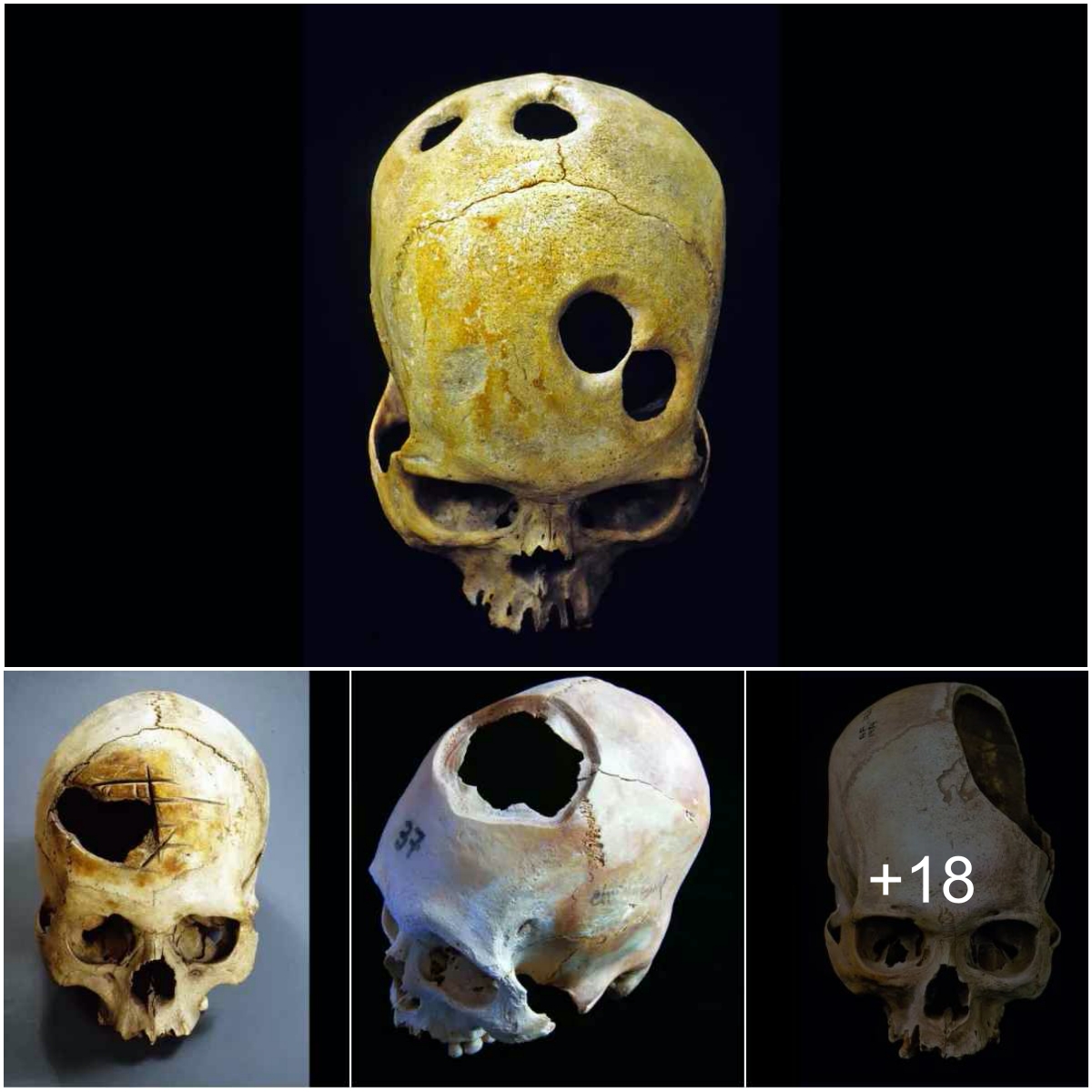People are always curious and learn about historical things. However, there are still many unsolved mysteries in the world, waiting for scientists to discover.
1. Body of the Mayan “Red Queen”
In 1994, while researching temple XIII in Palenque (Mexico), archaeologists discovered a skeleton preserved by red cinnabar.
Around the skull is a crown made of jade beads as well as hundreds of green shards from the broken mask.

In the catacombs, the team also collected many artifacts including parts of a loom, figurines and many ceramic bowls dating from 600 to 700.

Experts believe that this body is a royal woman related to K’inich Janaab Pakal I – the famous Mayan king. So they named this body “Red Queen”. Through research, the “queen” is 60 years old, but the true identity of the Queen has not been determined.
2. Mystery of the giant head in Mexico in 1947
Archaeologists were stunned when they discovered giant, sky-facing stone heads in Mexico around 1947.
Through research and experts, these stone heads are believed to be the products of the Olmec civilization, which flourished in the period 1400-400 BC. The Olmec heads were carved from the monolithic volcanic basalt rock of Mount Tuxtlas and ranged in height from 1.47m to 3.4m.

Before the stone blocks are carved, they are moved to the carving site from a distance of 300km.
However, creating these giant heads as well as how to move them is still a headache for researchers.
3. The intact corpses of San Bernardo, Columbia
More than 50 years ago, grave diggers in the cemetery of San Bernardo, Colombia opened some old coffins and found: the bodies inside were withered and still in shape.

The strange thing is that the clothes and skin of the corpses all turned brown. Despite studying for a long time, scientists could not come up with the most satisfying explanation for this strange phenomenon.
Local people have given several explanations such as water source, lack of chemicals, temperature conditions of the soil or the habit of eating two typical fruits of the region, guatila and balu, that have caused the body to die. The dead are preserved as such.
4. The Secret Tomb Of Genghis Khan
Genghis Khan once ruled every land, from the Pacific Ocean to the Caspian Sea. Before his death, he requested a secret burial.
When the emperor rested, his soldiers sent 1,000 horses across the grave to destroy any traces left. In the 800 years since Genghis Khan’s death, no one has ever found his tomb.
Scholars have used historical documents to find the location of the tomb, some say it was buried on the top of Burkhan Khaldun of the Khentii Mountains, 160 km northeast of the capital Ulaanbaatar, but theories what they offer are often in opposition to each other.
Although the tomb of Genghis Khan may contain priceless treasures from across the Mongol empire, the people of this country still expect the resting place of the great king to remain a mystery.
Source: Brightside, Telegraph, Listverse





